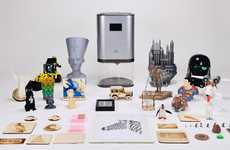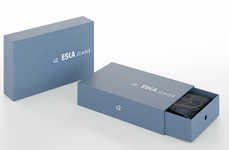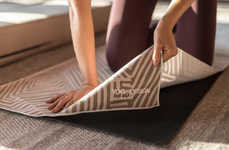



From Closed-Loop 3D Printers to Cone-Shaped Microclimate Systems
Circular economy initiatives have been gaining traction in recent years as the manufacturing of products is striving to be more sustainable. As a result, many designers are putting forth some really creative and out-of-the-box ideas. A great example of this would be Fernando Laposse who creates captivating marquetry designs crafted from the colorful husks of heirloom corn species or Oksana Bondar who combines a biodegradable plastic material with human hair to create a chair.
Other circular economy initiatives attempt to have a broader impact, changing the game in multiple industries at the same time. PDK (poly-diketoenamine), for instance, is a type of plastic that is intended to fit the requirements of closed-loop recycling, while Note Design Studio debuts a continuously recycled fabric.
Other circular economy initiatives attempt to have a broader impact, changing the game in multiple industries at the same time. PDK (poly-diketoenamine), for instance, is a type of plastic that is intended to fit the requirements of closed-loop recycling, while Note Design Studio debuts a continuously recycled fabric.
6.9
Score
Popularity
Activity
Freshness









